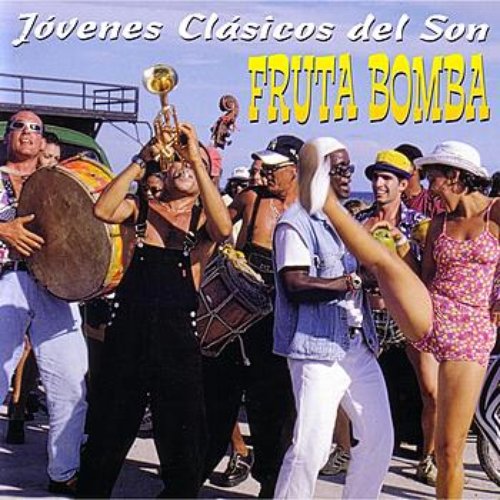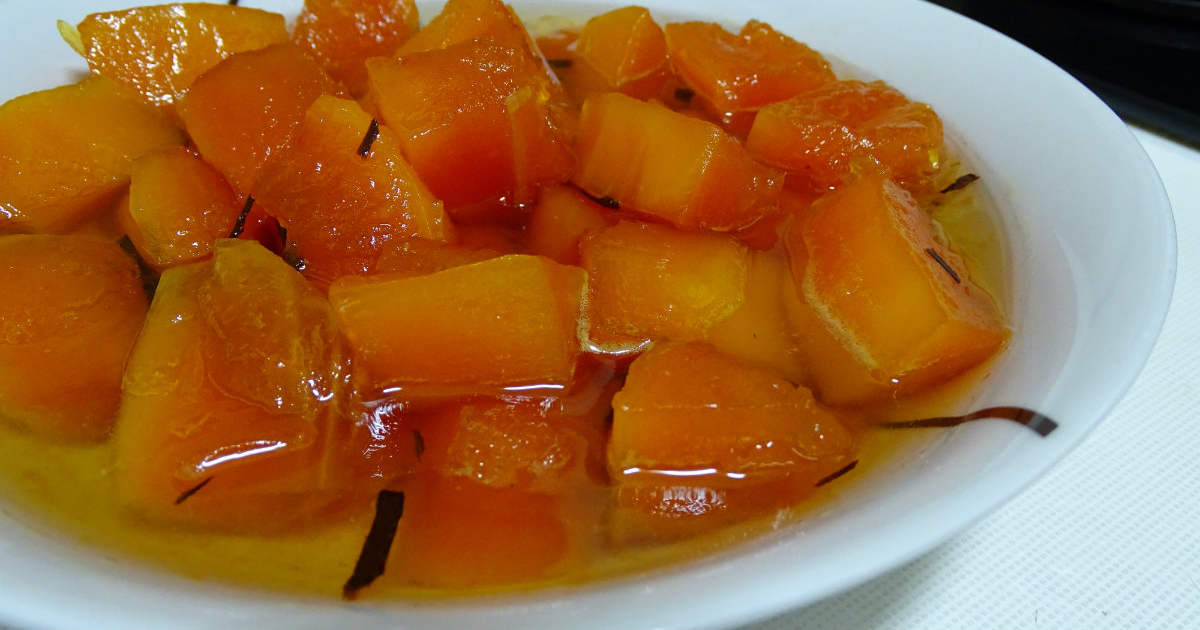


The leaves, on a hollow petiole, long up to 0,8-1 m, spirally placed in the terminal part of the stem, have a pinnatifid lamina, 30 to 60 cm broad, deeply divided into 5-9 lanceolate or ovate lobes with entire margin or, in turn, subdivided in lanceolate or ovate lobes. (1753) is a tree, even if, more precisely, it should be defined as a semi-herbaceous plant, usually with a single erect stem, not ramified, up to 6 m tall and with a diameter of even 20-30 cm, with a milky sap and green bark, tending to the brown grey with the age, on which persist evident the foliar scars. Usually dioecious plant, but varieties with hermaphrodite flowers exist in cultivation © MazzaIt looks like the name of the genus comes from the name of the species of the common fig, Ficus carica, due to the resemblance of the palmate leaves the name of the species comes from its Caribbean name in Taino language.Ĭommon names: “papaya”, “pawpaw” (Australia) (English) “papaia”, “papaya” (Italian) “papayer” (French) “ababaia”, “fruto do mamoeiro”, “mamão”, “mamãodo-Amazonas”, “mamãozinho”, “papaeira” (Portuguese) “fruta bomba”, “lechosa”, “lechoso”, “lechoza” (Venezuela), “mamón”, “melón de árbol”, “melón zapote” (Mexico), “papayero”, “papayo” (Spanish) “Melonenbaum”, “Papajabaum”, “Papajapflanze” (German). Finally, the parameters of susceptibility were increased in a significant way starting from the 6 days of postharvest.Male flowers. The chemical properties analyzed as total regular acidity, pH, and total soluble solids showed significant changes at postharvest phase. Among the main reached results, stand out that the changes in the physical properties were not decisive in the postharvest. The parameters of susceptibility, diameter and depth of the impacts, area and volume of bruise and the fruit susceptibility to the impacts, were also evaluated. The chemical properties, total regular acidity, pH and total soluble solids (0Brix), were analyzed. The physical properties, weight of the sample, polar and equatorial diameter, and density, were determined. The analyses were carried out in the laboratories of the Faculty of Chemistry – Pharmacy and in the Center for the study of Applied Chemistry, both located in the Central University "Marta Abreu" of Las Villas. A sample fruit of Red Maradol variety was selected.

Therefore, an investigation was carried out for evaluating physical and chemical properties, as well as parameters of Post harvest fruit susceptibility. The papaya ( Carica papaya L.) is an important crop due to its nutritious and medical properties and flavor. 54830.Į-mail: This email address is being protected from spambots. 54830.Ģ-Departamento de Agronomía, Facultad de Ciencias Agropecuarias, Universidad Central “Marta Abreu” de Las Villas.Carretera a Camajuaní km 5 ½. RESEARCH ARTICLE Properties and susceptibility of papaya ( Carica papaya L.) in postharvest Propiedades y susceptibilidad de la fruta bomba ( Carica papaya L.) en la poscosechaĭayana Marin Darias1, Yudeivys Grau Benavides1, Ahmed Chacón Iznaga2ġ-Departamento de Ingeniería Agrícola, Facultad de Ciencias Agropecuarias, Universidad Central “Marta Abreu” de Las Villas.


 0 kommentar(er)
0 kommentar(er)
